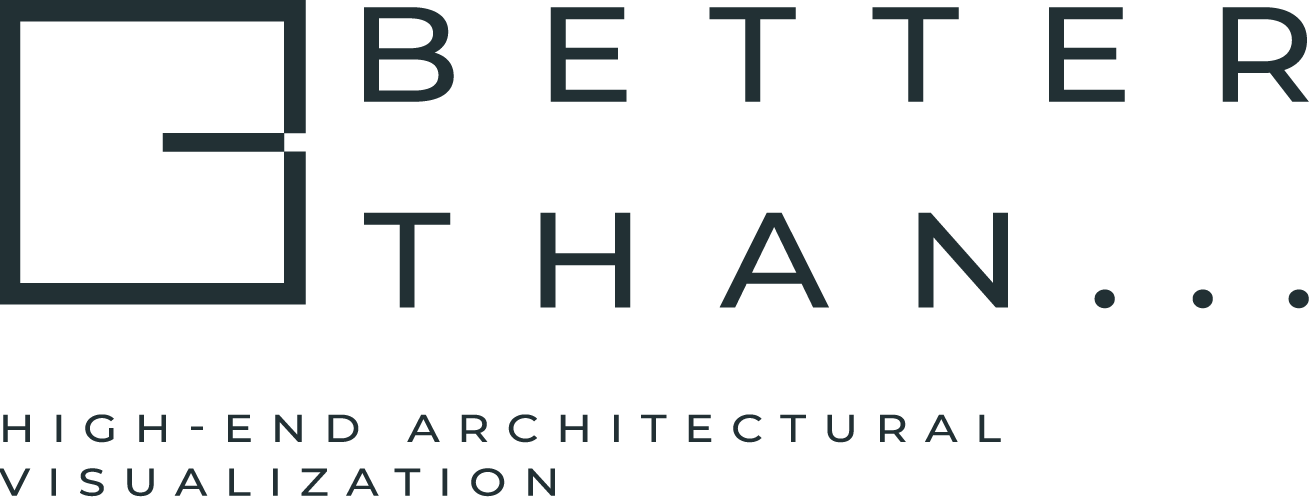What Are Polygons in 3D Modeling
When it comes to purchasing 3D models, marketers frequently don't know whether they need high-polygonal or low-polygonal 3D objects. In turn, 3D studio managers must understand which alternative the consumer picks so that they can get ready for a project. But, what are polygons in 3D design, really? To be honest, not many non-experts are aware of this.
Let us break it down for you.
Let us break it down for you.
Polygons make up the 3D models that graphic designers use in their work. In other words, polygons are the basic geometry components of any three-dimensional image. They determine the shape of an object and its contours. By creating polygon meshes, CG artists can create any type of 3D model, be it a human being, an animal, or a building.
While all polygons are three-sided shapes, they can have different numbers of vertices. The more vertices there are, the more complex the polygon is. As a result, you can find both high-poly and low-poly 3D models on the market.
While all polygons are three-sided shapes, they can have different numbers of vertices. The more vertices there are, the more complex the polygon is. As a result, you can find both high-poly and low-poly 3D models on the market.

What is the difference, then? Well, polygonal density varies greatly between those two types. A low-poly mesh has fewer polygons and is, therefore, less detailed. On the other hand, a high-poly mesh contains more polygons and looks more realistic as a result.
Of course, more polygons also mean that the 3D model is more complex and requires more processing power to render. That is why high-poly models are usually used for pre-rendered images or animations while low-poly models are favored for real-time applications such as video games.
It is also worth mentioning that polygons are not always used to create organic shapes. BetterThan artists often use them to model man-made objects as well. However, in these cases, they frequently resort to retopology.
Of course, more polygons also mean that the 3D model is more complex and requires more processing power to render. That is why high-poly models are usually used for pre-rendered images or animations while low-poly models are favored for real-time applications such as video games.
It is also worth mentioning that polygons are not always used to create organic shapes. BetterThan artists often use them to model man-made objects as well. However, in these cases, they frequently resort to retopology.
Retopology is the process of creating a new low-poly mesh on top of a high-poly one. This allows for a more efficient use of polygons while still preserving the general shape and appearance of the original model.
As you can see, polygons are an essential part of any 3D image. Without them, we would be stuck with two-dimensional illustrations. Fortunately, advances in technology have made it possible for us to create realistic three-dimensional models that we can use in a variety of different applications.
As you can see, polygons are an essential part of any 3D image. Without them, we would be stuck with two-dimensional illustrations. Fortunately, advances in technology have made it possible for us to create realistic three-dimensional models that we can use in a variety of different applications.

